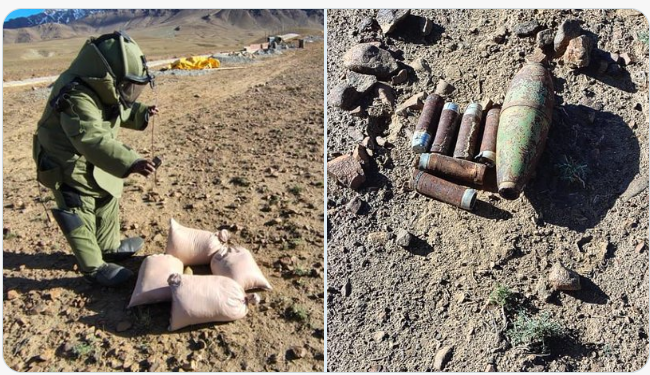Scientists Find Strong Signs of Past Habitability on Mars
Washington: A new study provides evidence of a potentially habitable past on Mars, alongside signs of ancient microbial activity, with Imperial College London scientists playing a key role in the research.
Led by NASA, the study analyzed Martian rocks and uncovered a variety of minerals and organic matter that hint at conditions suitable for life and possible biological processes on the Red Planet.
An international team, including researchers from Imperial’s Department of Earth Science and Engineering (ESE), examined geological features within the Bright Angel formation in Mars’s Jezero Crater. They suggest these features are closely linked to organic carbon and could represent a potential biosignature of past life.
Professor Sanjeev Gupta, Professor of Earth Science at ESE and Academic Co-director of Imperial Global India, said: “This is an exciting discovery of a potential biosignature, but it does not mean we have found life on Mars. To confirm whether biological processes were involved, we need to analyze these rock samples here on Earth.”
A central part of NASA’s Mars 2020 mission, the Perseverance Rover has been exploring the 45-kilometre-wide Jezero Crater since 2021. The site was chosen because it once hosted a large lake and river delta—environments considered prime targets for signs of past life. The rover’s mission includes collecting rock and soil samples that will eventually be returned to Earth for detailed study.
Published in Nature, the new study focuses on a light-toned outcrop in the crater called Bright Angel, situated in an ancient river valley that once fed water into Jezero Lake. While traversing Neretva Vallis, Perseverance encountered thick layers of fine-grained mudstones and muddy conglomerates, which it analyzed using instruments such as the Planetary Instrument for X-ray Lithochemistry (PIXL) and Scanning Habitable Environments with Raman & Luminescence for Organics & Chemicals (SHERLOC).
By mapping the types and distribution of sedimentary rocks at Bright Angel, Imperial researchers—including Professor Gupta and Dr. Robert Barnes, a Research Associate in ESE funded by the UK Space Agency—reconstructed the environment in which these mudstones formed. Their findings revealed sedimentary structures and textures characteristic of lake margin and lake bed environments, with compositions rich in minerals like silica and clays. Unlike fast-flowing rivers, which would carry these fine particles away, these deposits suggest a calm, low-energy setting.
“This was unexpected,” said co-author Alex Jones, a PhD researcher in ESE and collaborator with NASA’s Perseverance team. “Finding lake deposits at the bottom of a river valley is unusual but very intriguing. Our sedimentological and stratigraphic analysis indicates a past low-energy lake environment—exactly the type of potentially habitable setting we have been searching for.”
The discovery suggests that at some point in Jezero Crater’s history, the valley may have been flooded, forming a lake that could have supported habitable conditions.













